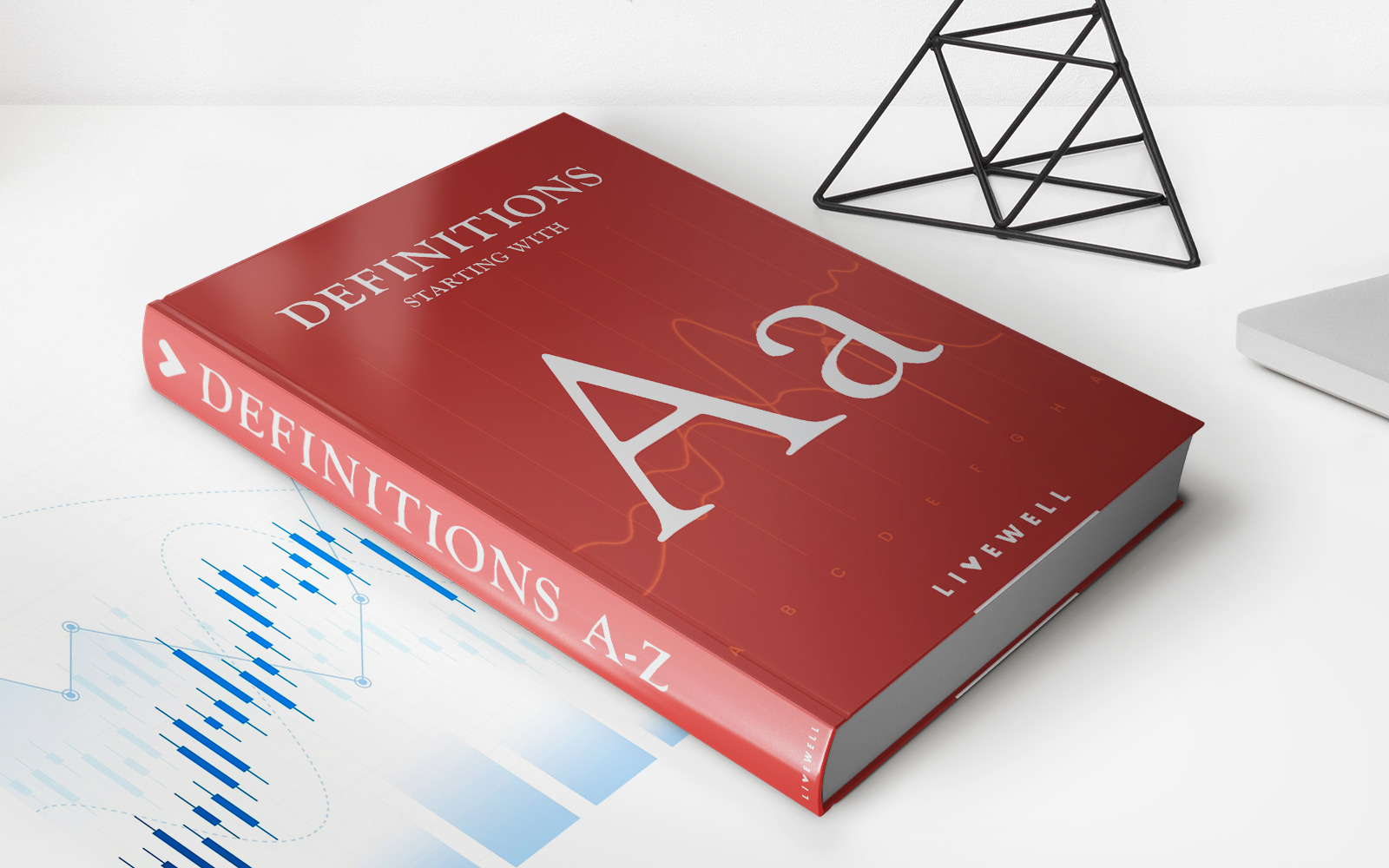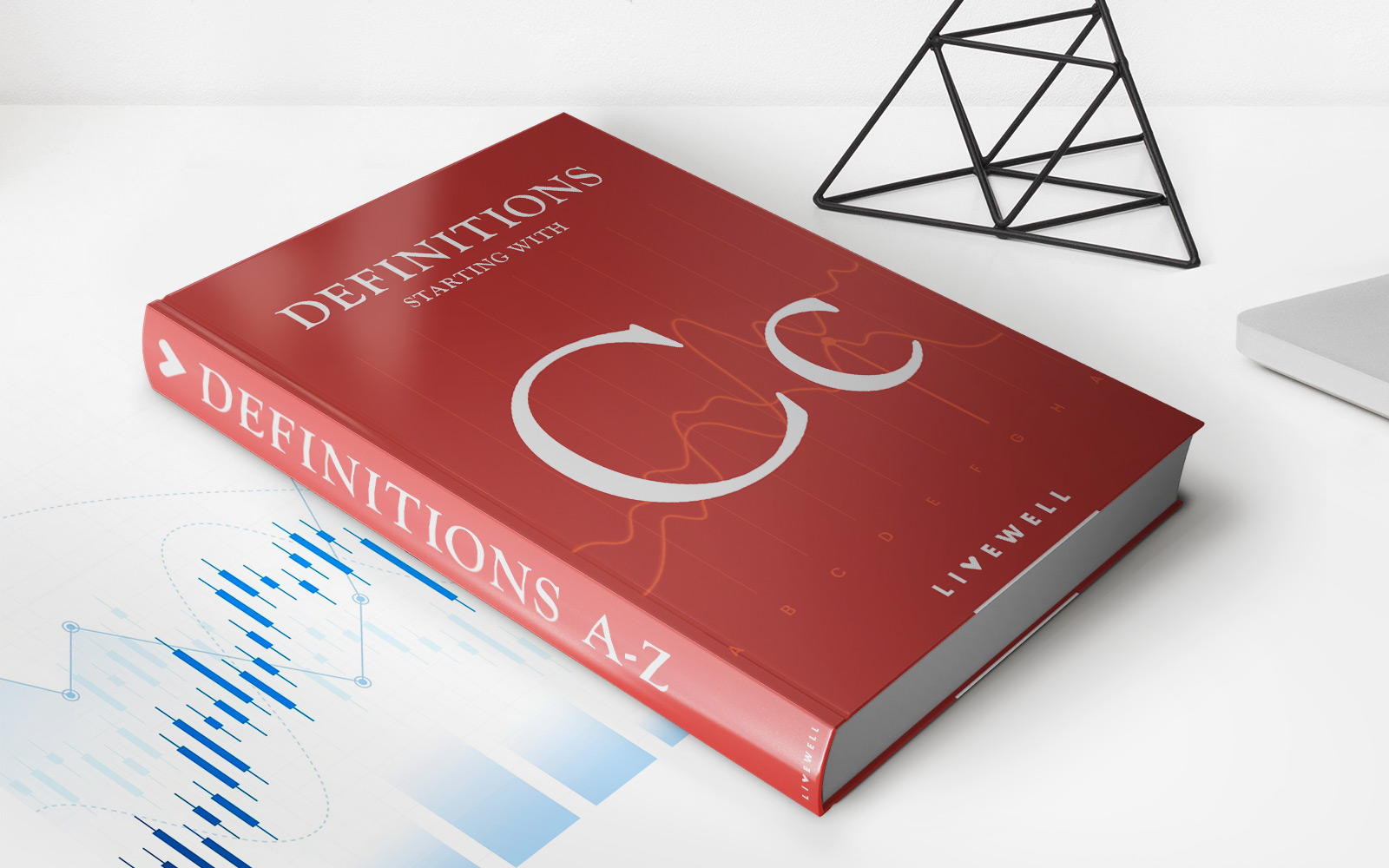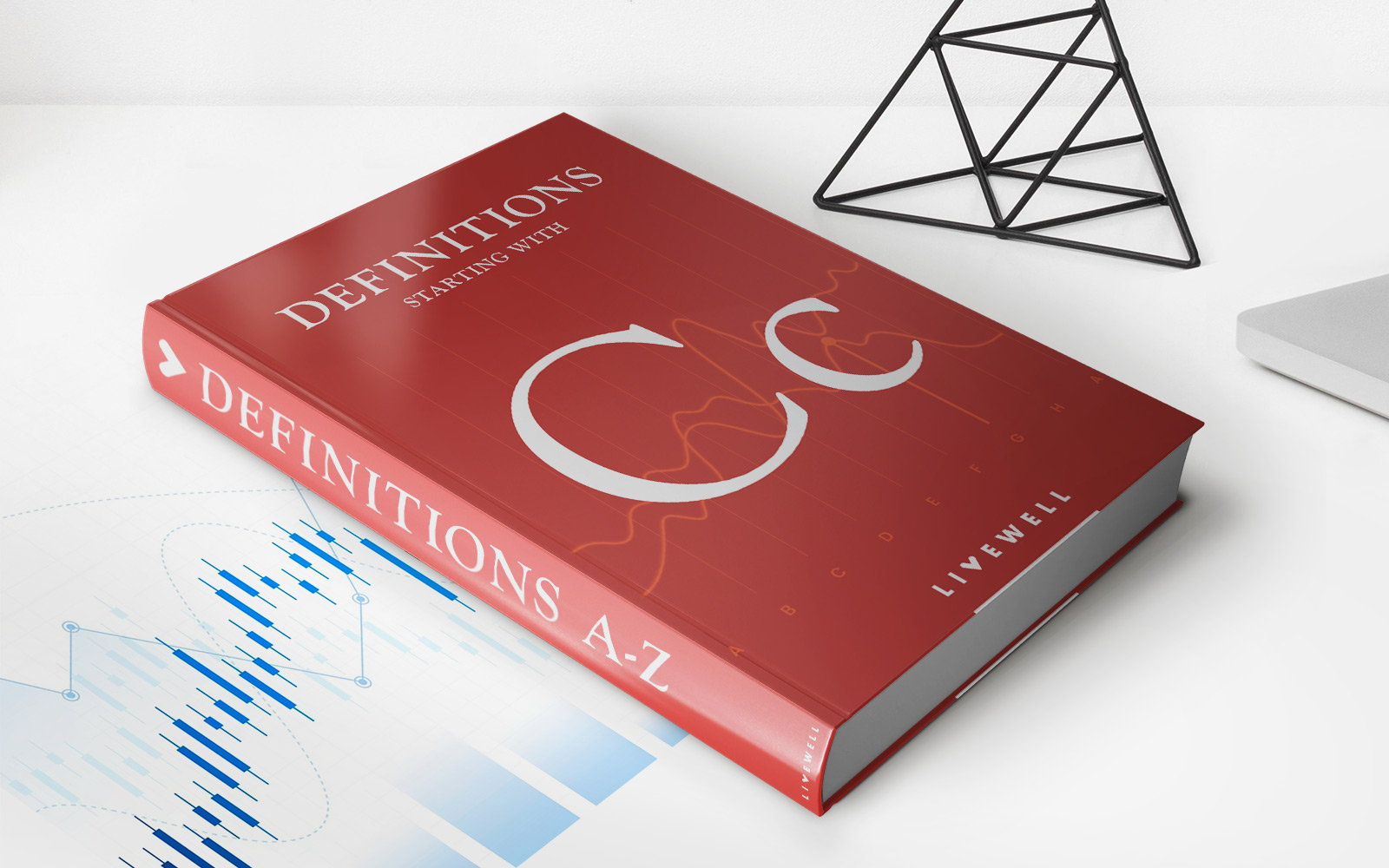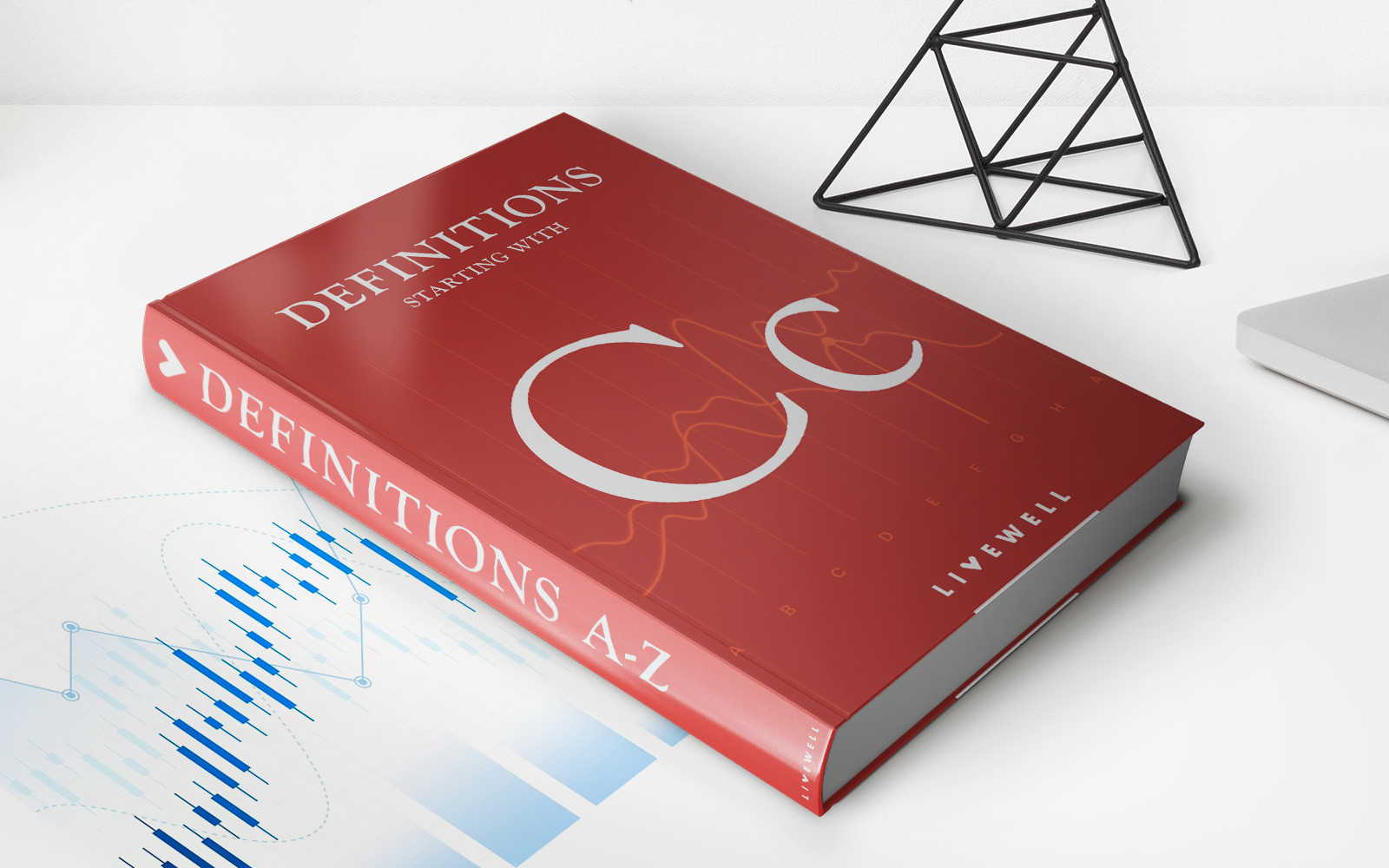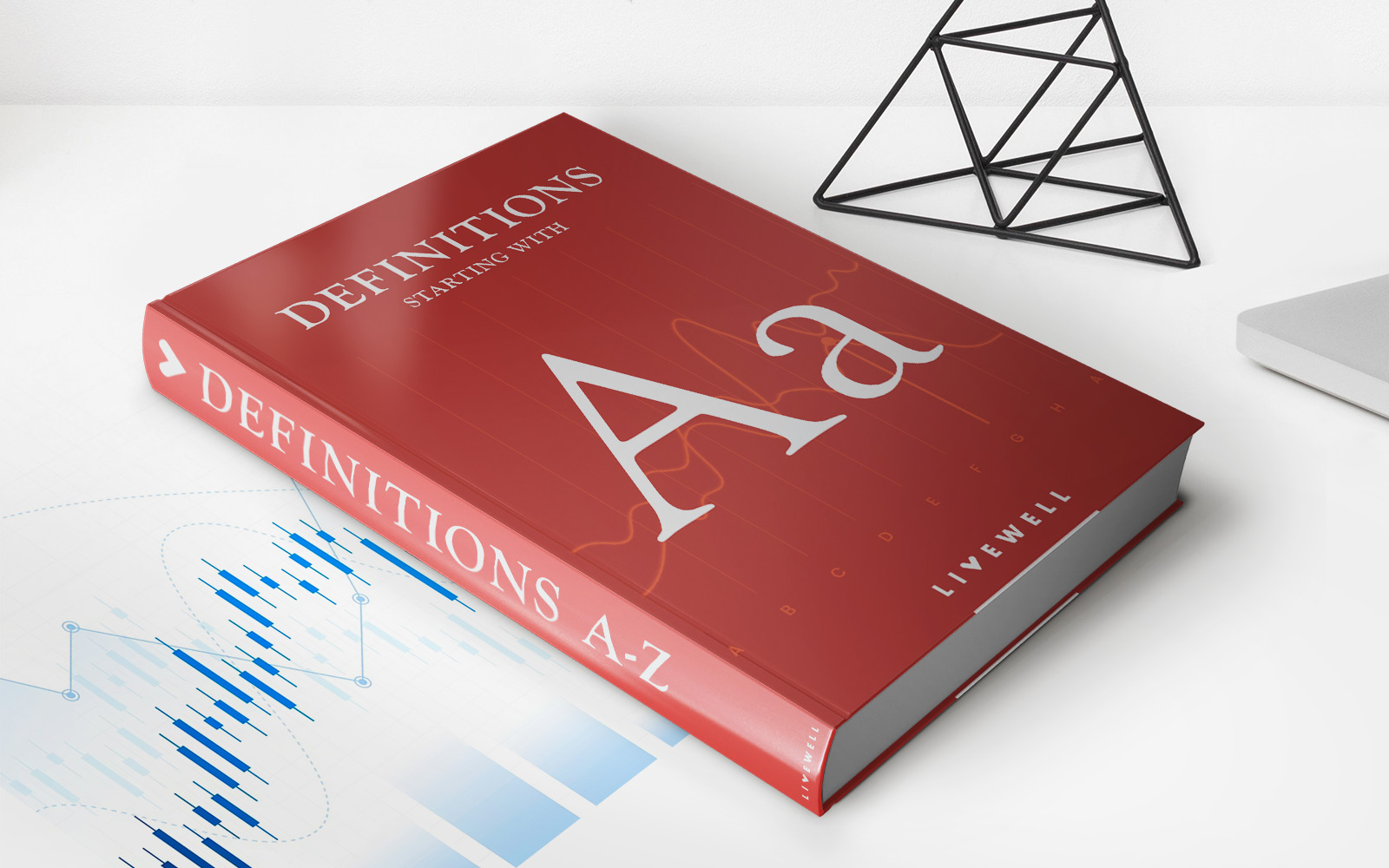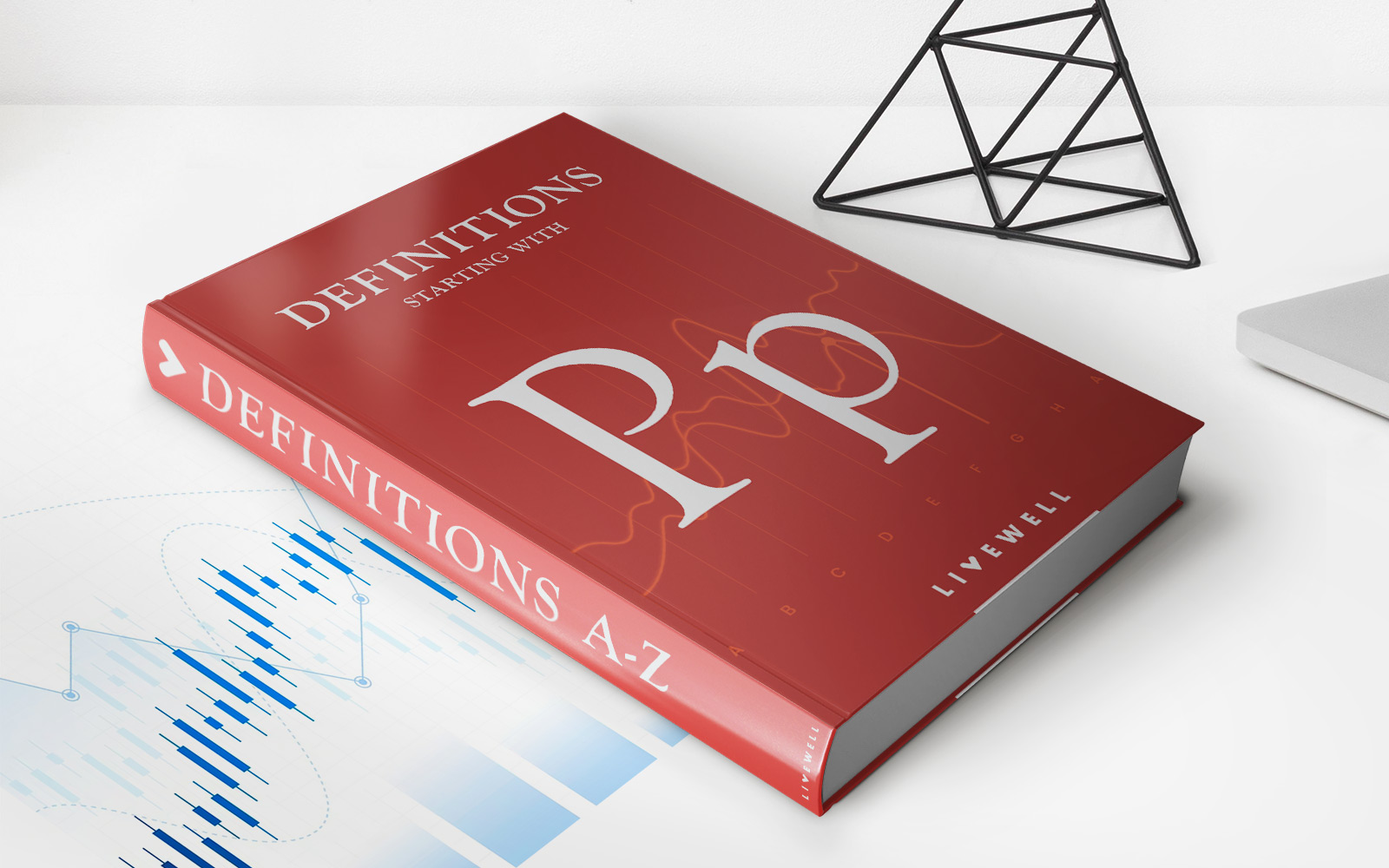Home>Finance>Consumer Surplus Definition, Measurement, And Example
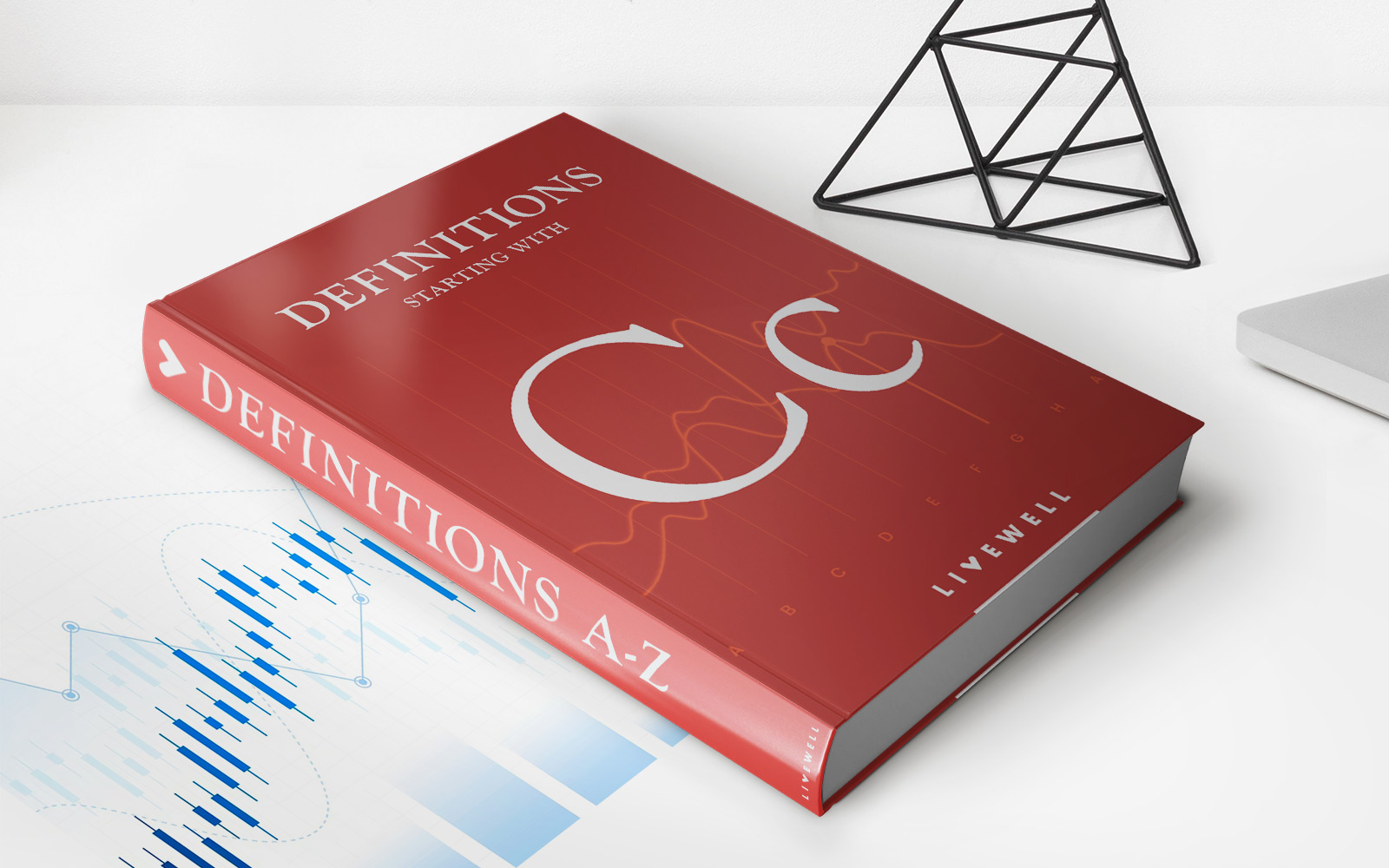

Finance
Consumer Surplus Definition, Measurement, And Example
Published: November 1, 2023
Discover the concept of consumer surplus in finance, its measurement techniques, and explore a practical example to gain insights into its significance.
(Many of the links in this article redirect to a specific reviewed product. Your purchase of these products through affiliate links helps to generate commission for LiveWell, at no extra cost. Learn more)
Unlocking the Mystery of Consumer Surplus: Definition, Measurement, and Example
Understanding the concept of consumer surplus is crucial for anyone interested in the field of finance. Whether you are a student, an economist, or simply curious about the way markets work, consumer surplus plays a fundamental role in determining the value consumers derive from goods and services. In this blog post, we will delve into the definition, measurement, and provide a real-life example to help you grasp this concept easily.
Key Takeaways:
- Consumer surplus is the difference between the maximum price a consumer is willing to pay for a product or service and the actual price they pay.
- It measures the economic benefit consumers receive from purchasing a product or service at a price lower than their maximum willingness to pay.
So, what exactly is consumer surplus? Consumer surplus is essentially the difference between what consumers are willing to pay for a product or service and what they actually end up paying. In other words, it represents the economic benefit consumers receive from purchasing a product or service at a price lower than their maximum willingness to pay. This surplus can be thought of as the extra value or satisfaction consumers gain from a transaction.
Measurement of Consumer Surplus:
Now that we have a basic understanding of what consumer surplus is, let’s discuss how it can be measured. To calculate consumer surplus, we need to determine the willingness to pay of individuals in a market and compare it to the actual price they pay. The larger the difference between the two, the greater the consumer surplus.
Here is a step-by-step guide to measuring consumer surplus:
- Determine the maximum price that each individual buyer is willing to pay for a product or service.
- Add up all the individual maximum prices to get the total value consumers place on the product or service.
- Subtract the total amount consumers actually pay for the product or service from the total value consumers place on it.
The resulting value is the consumer surplus, which represents the net benefit consumers gain from the transaction.
An Example of Consumer Surplus:
Let’s imagine a scenario where a newly released smartphone is priced at $900. Based on the market research, it is estimated that consumers are willing to pay the following amounts:
- Buyer A: $1000
- Buyer B: $950
- Buyer C: $900
- Buyer D: $850
In this case, the total value consumers place on the smartphone is $3,700 ($1000 + $950 + $900 + $850). However, since the actual price is $900, the total amount consumers pay is $3,600 ($900 x 4). Calculating the consumer surplus, we find that it amounts to $100 ($3,700 – $3,600). This means that consumers deriving an additional $100 of value from purchasing the smartphone at the given price.
Consumer surplus is not only important for individual consumers, but it also has broader implications for businesses and policymakers. It helps businesses understand how pricing strategies can impact consumer behavior and market demand. Policymakers can also use consumer surplus as an indicator of the overall welfare of individuals in an economy.
In conclusion, consumer surplus is a fundamental concept in finance that measures the additional benefit consumers receive from purchasing products or services at a price lower than their maximum willingness to pay. By understanding the definition, measurement, and examples of consumer surplus, we gain insights into the dynamics of market transactions and the economic well-being of consumers. So, next time you make a purchase, consider the value you’re getting beyond the price tag!

